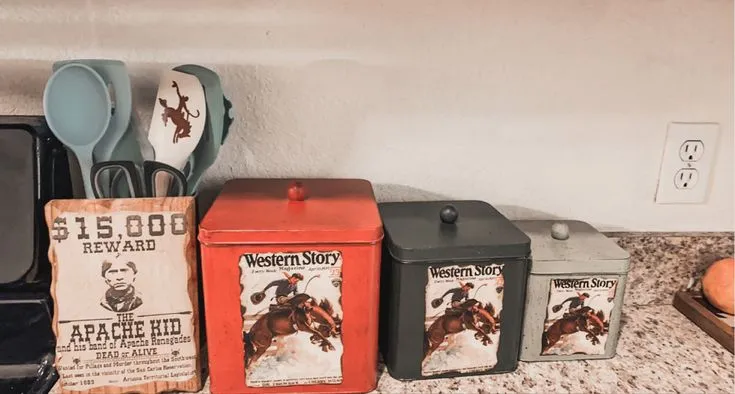What is Boudoir Design
Boudoir design is the art of creating a private and intimate space, typically within a bedroom, that evokes feelings of luxury, comfort, and sensuality. It’s more than just decorating; it’s about crafting an environment that reflects personal style and fosters relaxation and self-expression. The key to a successful boudoir design lies in the careful selection of elements that contribute to an overall atmosphere of tranquility and sophistication. This means paying close attention to details such as lighting, color palettes, furniture choices, textures, and accessories, all working in harmony to create a cohesive and inviting space. The goal is to design a retreat where one can feel truly at ease and embrace their individuality, providing a haven from the stresses of everyday life. Creating this retreat involves understanding the core principles of design and how to apply them in a way that resonates with the individual’s preferences and needs, resulting in a personalized sanctuary.
Understanding Boudoir Design
Understanding boudoir design involves recognizing that it is not merely about the aesthetic; it delves into the psychology of space and how design can influence mood and well-being. It’s about creating a haven that caters to the individual’s needs and desires, fostering a sense of calm and privacy. This requires considering the flow of the room, the arrangement of furniture, and the selection of materials, all working together to create a cohesive and inviting atmosphere. The principles of good design, such as balance, harmony, and contrast, are essential to achieving a visually appealing and functional boudoir. Moreover, it involves an understanding of personal style and preferences, ensuring that the design reflects the individual’s personality and creates a space where they feel most comfortable and at home. A well-designed boudoir is an escape, a place to unwind, and an environment that nurtures self-love and confidence. It’s an opportunity to curate a space that is both beautiful and deeply personal.
The Purpose of Boudoir Design
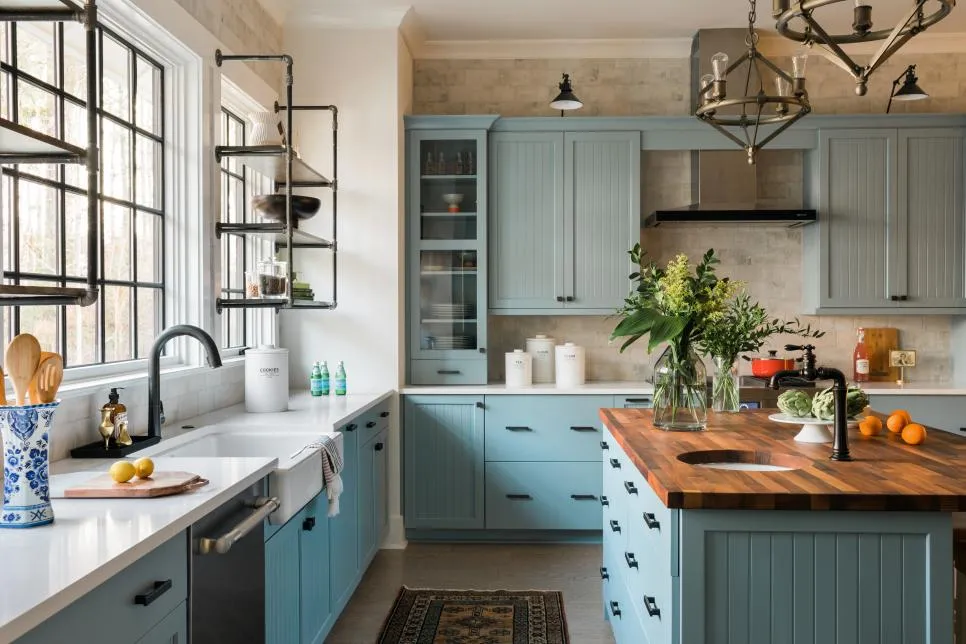
The purpose of boudoir design extends beyond mere aesthetics; it’s about creating a sanctuary for the individual, a space dedicated to relaxation, rejuvenation, and self-expression. It serves as a retreat from the outside world, a place where one can unwind, reflect, and feel completely at ease. This type of design aims to create an atmosphere that promotes a sense of well-being and enhances the individual’s quality of life. It’s a space designed to cater to personal needs and desires, whether it’s reading a book, enjoying a quiet moment, or simply unwinding after a long day. The boudoir is a celebration of the self, encouraging self-love and confidence. The thoughtful selection of furnishings, lighting, and accessories contributes to an environment that feels both luxurious and deeply personal, creating a haven where one can feel truly comfortable and at peace. A well-designed boudoir encourages self-care, provides a space for introspection, and ultimately, enhances the overall sense of well-being.
Boudoir Design Secret 1 Lighting
Lighting is a cornerstone of boudoir design, capable of transforming a space and setting the mood. The strategic use of light can create an atmosphere of warmth, intimacy, and allure, enhancing the overall experience of the room. Avoid harsh overhead lights; instead, incorporate a variety of light sources to create layers of illumination. Think about ambient lighting for overall warmth, task lighting for functionality, and accent lighting to highlight features and create visual interest. Dimmer switches are essential to control the intensity of the light and adjust the ambiance as needed. Consider incorporating lamps with soft shades, fairy lights, or strategically placed candles (safely, of course) to create a romantic and inviting glow. The goal is to create a soft, diffused light that flatters the space and its occupants, contributing to a sense of comfort and relaxation. The right lighting is key to making the boudoir a true sanctuary.
Types of Lighting
Different types of lighting serve distinct purposes in boudoir design. Ambient lighting, which provides overall illumination, can be achieved with fixtures like chandeliers or recessed lights, though these should be dimmed or used with soft bulbs. Task lighting is crucial for specific activities such as reading or applying makeup; consider bedside lamps or vanity lights. Accent lighting, used to highlight architectural features or artwork, adds depth and visual interest. Options include wall sconces, spotlights, or strip lights. The choice of light bulbs is also important; warm-toned bulbs (2700K-3000K) are best for creating a cozy atmosphere, while cooler tones can be used for task lighting where brightness is needed. Experiment with different types of lighting to achieve the perfect balance and create a space that is both functional and aesthetically pleasing. The goal is to craft an atmosphere where the various lighting elements blend seamlessly, creating a haven of comfort and charm.
Placement of Lighting
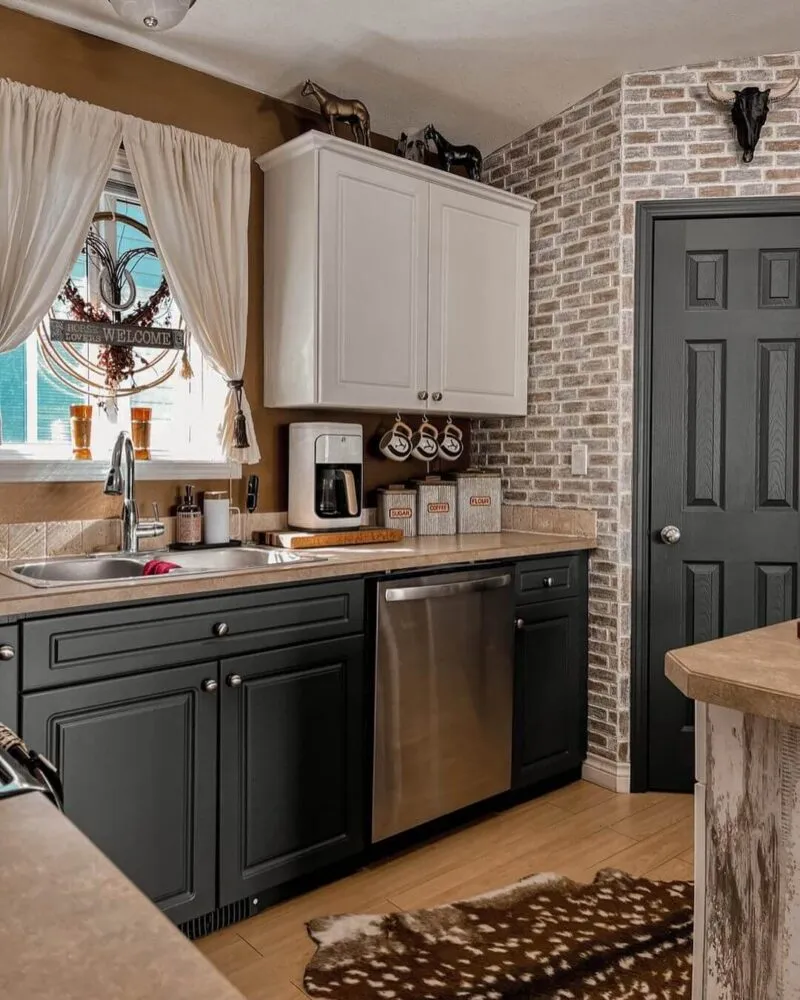
The placement of lighting is critical to achieving the desired ambiance in a boudoir. Layering light sources is key; start with ambient lighting to provide a base level of illumination, then add task lighting for specific activities. Position bedside lamps within easy reach for reading, and place vanity lights around a mirror for optimal makeup application. Accent lighting can be used to highlight features like artwork or architectural details, adding depth and visual interest. Avoid harsh overhead lights, and instead, opt for softer, diffused lighting. Consider the use of dimmer switches to adjust the intensity of the light and control the overall mood. The careful placement of lighting can transform a space, creating a sense of intimacy and enhancing the overall experience. The strategic use of light creates an inviting and relaxing environment, making the boudoir a true retreat.
Boudoir Design Secret 2 Colors
Color plays a pivotal role in boudoir design, directly influencing the mood and atmosphere of the space. Choosing the right color palette can create a sense of tranquility, romance, or sophistication, transforming the room into a personal sanctuary. Soft, muted tones like blush pinks, gentle grays, and creamy whites are often preferred for their calming and inviting qualities. These colors reflect light well, making the space feel open and airy. Consider using these neutral tones as a base and incorporating accent colors through accessories and textiles to add depth and personality. The goal is to create a color scheme that complements the lighting and furniture, contributing to an overall sense of harmony and well-being. The right colors can transform a bedroom from a functional space into a luxurious retreat where one can feel relaxed and inspired. Consider what colors best evoke feelings of peace and joy for you.
Color Psychology in Boudoir Design
Understanding color psychology is essential when designing a boudoir, as colors have a profound impact on our emotions and behavior. Certain colors can promote relaxation, while others can stimulate energy or creativity. Soft, muted tones, such as pale blues and greens, are associated with calmness and tranquility, making them ideal for creating a serene atmosphere. Warm tones like blush pinks and peaches can evoke feelings of romance and intimacy. Avoid overly stimulating colors like bright reds or yellows, as they can create anxiety. Instead, focus on colors that promote a sense of peace and well-being. Consider the effects of different colors on your mood and choose a palette that reflects your personal preferences and desired atmosphere. The skillful application of color can elevate the boudoir from a simple room into a restorative sanctuary.
Popular Color Palettes
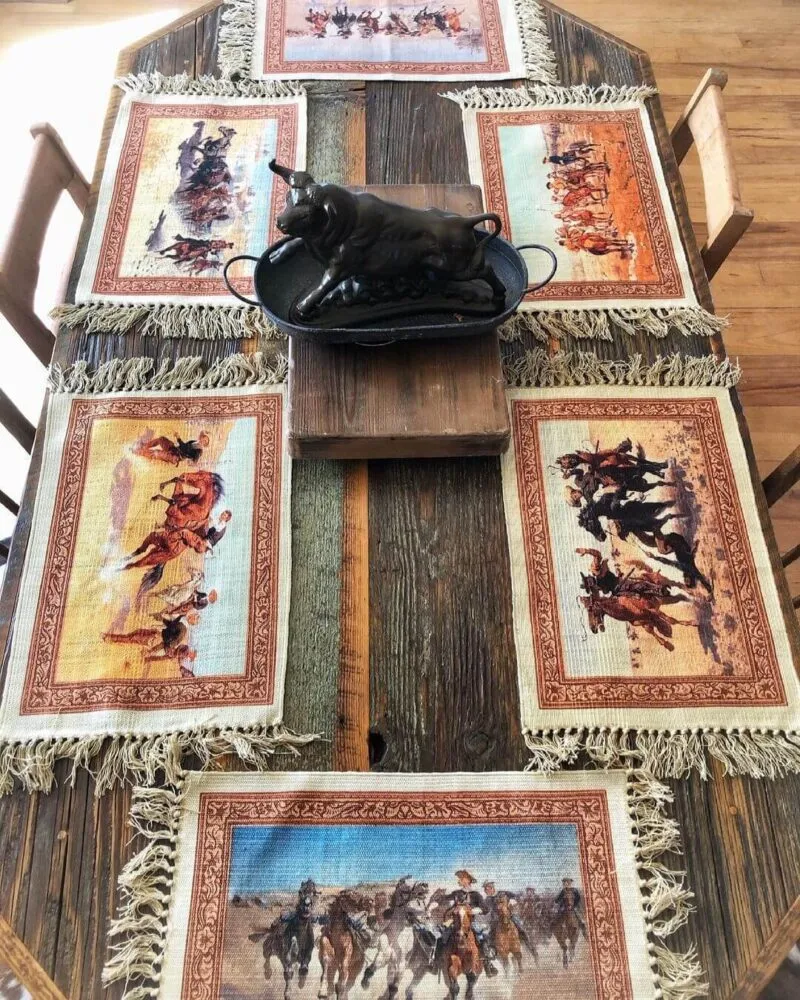
Several color palettes work exceptionally well in boudoir design, creating a variety of moods and atmospheres. A classic palette combines soft whites, creams, and light grays, offering a timeless and elegant look. Add a touch of blush pink or gold accents for a touch of warmth and luxury. For a more romantic feel, consider a palette of muted blush, lavender, and ivory, creating a dreamy and inviting space. If you prefer a more modern aesthetic, a palette of charcoal gray, with pops of white and metallic accents, can create a chic and sophisticated boudoir. The key is to choose a palette that reflects your personal style and the desired ambiance. Experiment with different combinations to find the perfect colors that resonate with you and create a space you’ll love. Consider the impact each color combination has on the mood and overall design of the room.
Boudoir Design Secret 3 Furniture
Furniture choices significantly impact the ambiance and functionality of a boudoir. Select pieces that are both aesthetically pleasing and comfortable, creating a space that feels luxurious and inviting. A comfortable bed is the centerpiece of any boudoir; choose a high-quality mattress and luxurious bedding. Consider adding a chaise lounge or an upholstered bench for a cozy seating area. A vanity with a well-lit mirror is essential for getting ready, while a stylish nightstand provides storage and a place for lamps and accessories. When selecting furniture, consider the overall design style and the size of the room. Opt for pieces that complement the color palette and contribute to the desired mood, creating a cohesive and harmonious space. The right furniture choices can transform a bedroom into a sanctuary, reflecting personal style and providing a haven of comfort and relaxation.
Choosing the Right Furniture
Choosing the right furniture involves considering both the aesthetic and the practical aspects of your boudoir design. Begin with the bed, the focal point of the room; invest in a high-quality mattress and luxurious bedding to ensure comfort. Select furniture that reflects your personal style, whether it’s modern, classic, or bohemian. Ensure the pieces are the right size for the room and that they complement the color scheme and overall design. Prioritize comfort; a chaise lounge or upholstered chair can provide a cozy seating area. A well-designed vanity with adequate lighting is essential for getting ready. Consider storage options that are both functional and stylish, such as a dresser or bedside tables with drawers. The furniture should enhance the room’s atmosphere, making it a comfortable and inviting space. The selected furniture must contribute to a feeling of relaxation and personal expression.
Furniture Arrangement
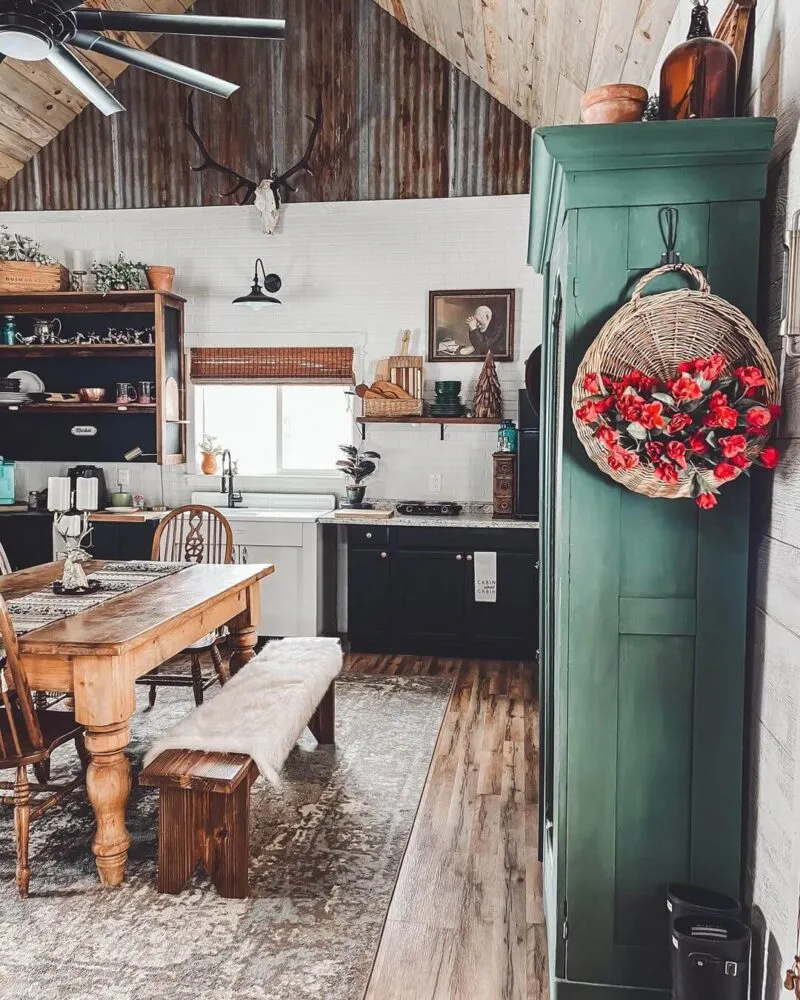
The arrangement of furniture plays a critical role in creating a functional and aesthetically pleasing boudoir. Start by positioning the bed as the focal point, often against a wall or in a way that maximizes space. Consider the flow of traffic within the room, ensuring that it is easy to move around. Place the vanity near a window or in an area with good lighting. Create a cozy seating area by arranging a chaise lounge or chair in a comfortable spot. Make sure there is a balance in the furniture arrangement, with equal distribution of weight and visual interest. Avoid overcrowding the room, leaving enough space between pieces for ease of movement. Consider the functionality of each piece of furniture and its placement within the room. The goal is to create a harmonious and balanced space that promotes relaxation and comfort. Arrange the furniture in a way that supports a serene and functional environment.
Boudoir Design Secret 4 Textures
Incorporating various textures into a boudoir adds depth, dimension, and tactile interest, creating a sense of luxury and comfort. Think about layering different materials to create a visually appealing and inviting space. Start with soft, plush bedding, such as a duvet or quilt, and add layers of pillows and throws in different fabrics like velvet, silk, and faux fur. Incorporate textured rugs, such as a shag or sheepskin rug, to add warmth and coziness to the floor. Use textured wallpaper or fabric on accent walls to create visual interest. The key is to mix and match textures to create a space that feels rich and inviting. When choosing textures, consider how they feel to the touch, as this enhances the sensory experience of the room. The use of texture should complement the color palette and design style, creating a cohesive and visually stunning boudoir that welcomes you to relax.
Incorporating Textures
Incorporating textures is essential for creating a boudoir that feels luxurious and inviting. Layer different materials to add depth and visual interest to the space. Start with the bedding; choose a duvet or quilt in a soft, luxurious fabric, such as linen or silk, and add layers of pillows and throws in various textures like velvet, faux fur, and knitted cotton. Include a textured rug underfoot, such as a shag rug or a woven rug, to add warmth and comfort. Consider using textured wallpaper or fabric on accent walls to create a focal point and add visual interest. Don’t forget to add textured elements like curtains, cushions, and decorative objects to create a cohesive and inviting design. The goal is to create a space that appeals to multiple senses, making the boudoir a true sanctuary. The combination of textures creates a rich and inviting atmosphere.
Examples of Textures
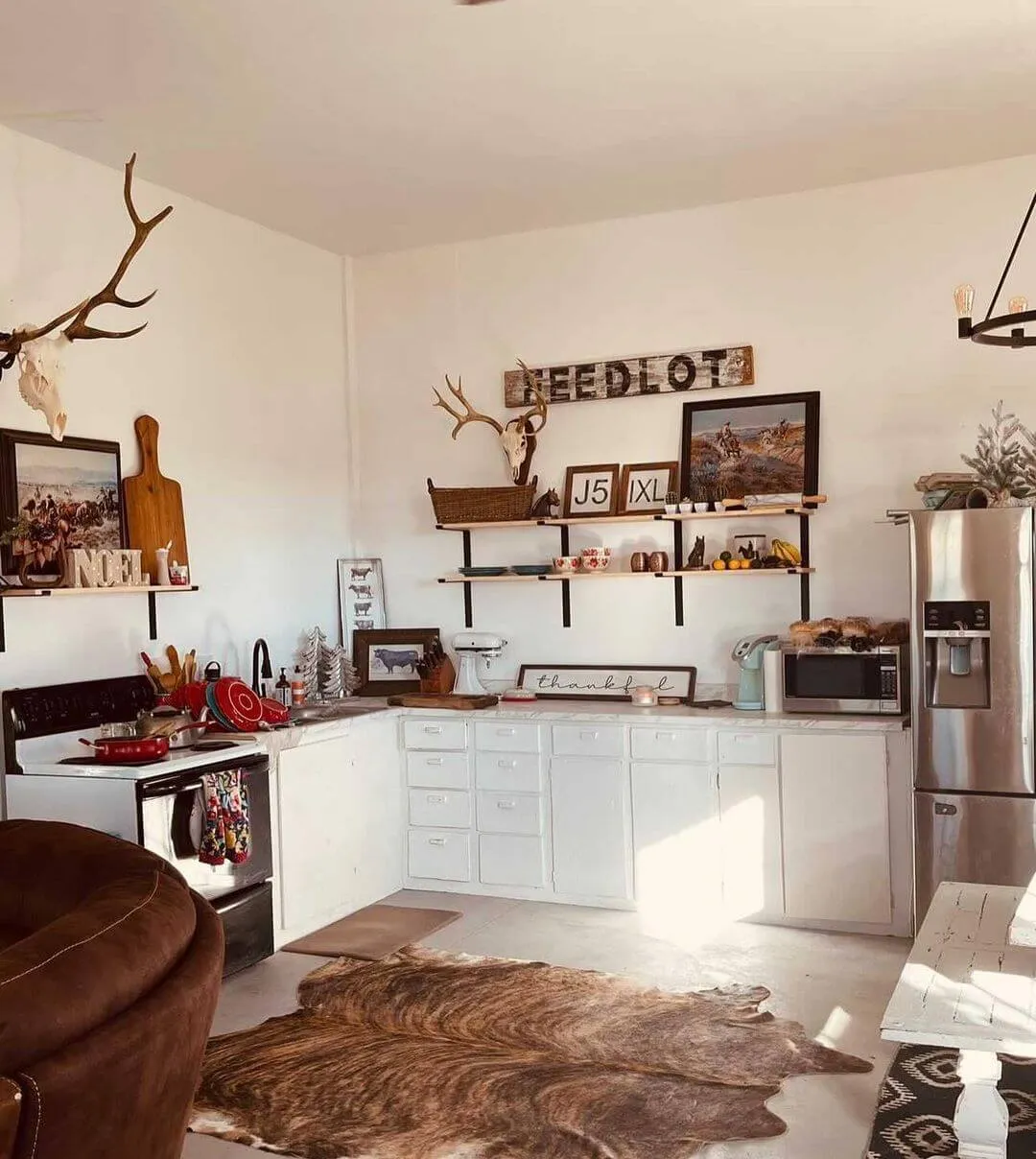
Examples of textures that work well in a boudoir include soft, plush fabrics, such as velvet, silk, and faux fur, which add a touch of luxury and comfort. Woven materials, like linen and cotton, can add a natural and relaxed feel to the space. Consider incorporating textured wallpaper or fabric on accent walls to create visual interest and depth. A shag rug or sheepskin rug can add warmth and coziness underfoot. Adding textured elements such as embroidered cushions, knitted throws, or decorative objects can further enhance the sensory experience. Mix and match these different textures to create a space that feels layered and inviting. Remember to choose textures that complement the color palette and design style, ensuring a cohesive and visually appealing boudoir. The use of diverse textures creates a tactile and visually stimulating environment that encourages relaxation and enjoyment.
Boudoir Design Secret 5 Accessories
Accessories are the finishing touches that personalize a boudoir, adding personality and character to the space. They are the elements that truly make the room your own, reflecting your style and enhancing the overall aesthetic. Choose accessories that complement the color palette, furniture, and overall design style. Consider adding decorative mirrors, artwork, or photographs to the walls to create visual interest. Incorporate candles, vases, and decorative boxes to add texture and personality. Choose accessories that reflect your interests and passions, creating a space that feels both luxurious and deeply personal. The key is to avoid clutter and select accessories that enhance the ambiance, making the boudoir a true reflection of your unique self.
Types of Accessories
There are various types of accessories that can be used to enhance a boudoir. Decorative mirrors can create the illusion of more space and add elegance to the room. Artwork, photographs, and prints can add visual interest and reflect personal style. Candles can create a warm and inviting atmosphere, while vases can add a touch of natural beauty. Decorative boxes, trays, and jewelry holders can be both functional and stylish. Cushions and throws add texture and comfort to the space. When selecting accessories, choose items that complement the color palette and overall design style. Consider incorporating items that hold personal significance, such as a favorite photograph or a piece of art. The goal is to add elements that reflect your personality and enhance the overall ambiance, transforming the boudoir into a space that feels truly personal and unique.
Placement of Accessories
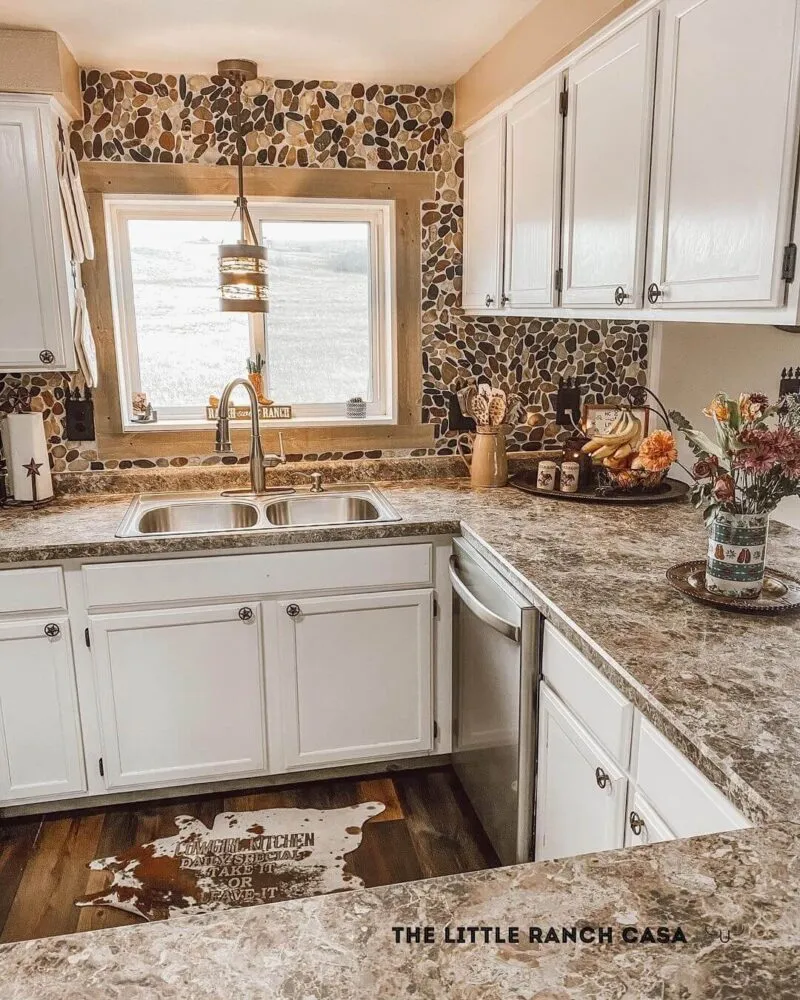
The placement of accessories is crucial to creating a well-designed boudoir. Arrange items strategically to enhance the visual appeal of the room while maintaining a sense of balance and harmony. Place artwork at eye level to create focal points, and use decorative mirrors to reflect light and create the illusion of more space. Group candles and vases together on a nightstand or dresser to create a visually pleasing vignette. Arrange cushions and throws on the bed and seating areas to add comfort and texture. Avoid clutter by limiting the number of accessories and organizing them in a way that is both functional and aesthetically pleasing. The key is to create a balanced and cohesive space that reflects your personal style. The well-placed accessories will enhance the beauty and functionality of the boudoir, making it an inviting and personalized retreat.
Conclusion
Creating a stunning boudoir design is about more than just aesthetics; it’s about crafting a personal sanctuary where one can relax, rejuvenate, and express their individuality. By focusing on key elements like lighting, color palettes, furniture, textures, and accessories, you can transform a bedroom into a luxurious and inviting retreat. Remember the power of lighting to create ambiance, the importance of color in setting the mood, the impact of furniture on comfort and functionality, the allure of textures to add depth, and the personal touch that accessories bring. Implement these 5 secrets, and you will be well on your way to creating a boudoir that reflects your personal style and enhances your overall well-being. Embrace the process, experiment with your preferences, and enjoy the journey of designing your own personalized haven.
